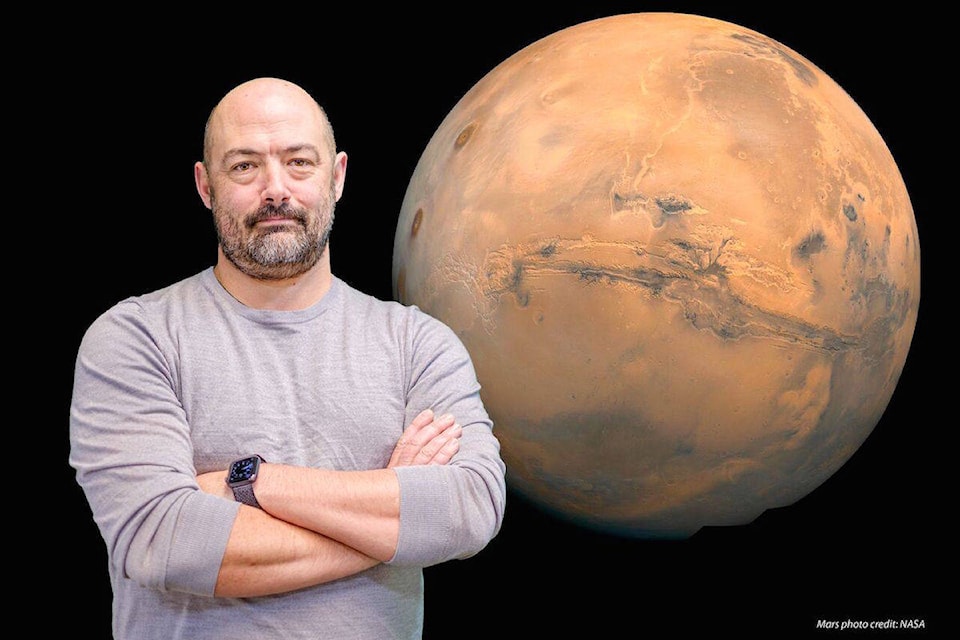While a trip to the red planet may still be years away, a team of Canadian researchers, including a scientist from UBCO, are headed to a simulated Mars habitat on HawaiiвАЩs Mauna Loa at the end of November.
Their mission launches with the goal of designing and running experiments to measure the brain function of astronauts as they become fatigued in space.
The team of researchers heading to the Hawaii Space Exploration Analog and Simulation lab (HI-SEAS) consists of scientists from UBCвАЩs Okanagan campus, the University of Victoria and the University of Calgary.
вАЬCrew time on space missions is planned right down to the minute,вАЭ explains Gord Binsted, dean in the faculty of health and social development at UBC Okanagan and one of the research leaders.
вАЬThe challenge for us is to create an experiment that is simple enough for any of the crew to perform within very tight time constraints, likely 20 to 30 minutes per day, while still generating valuable scientific data.вАЭ
READ MORE: RDCO board members to vote on climate emergency declaration
The researchers will be expected to continue the regular operations and maintenance of the habitat while they conduct scientific work, which Binsted said will help them understand the rigors astronauts will be under as they design their experiments.
The team will study a concept called cognitive fatigue, where the brain begins to make poor decisions the more tired it gets.
вАЬPrevious research has shown that the brain still functions normally if youвАЩre a little fatigued. But at a certain point, the cumulative effect of over-fatigue means that the brain falls off a cliff and things like memory recall, mood and decision making are significantly impaired,вАЭ said Binsted. вАЬPoor decision making can be fatal in the context of a space mission.вАЭ
Olav Krigolson, associate professor at UVic and co-lead researcher, said the team hopes to use an electroencephalogram (EEG) to map the electrical activity of the brain as it becomes fatigued, used to predict when the mindвАЩs about to crash and lead to poor decisions.
вАЬWeвАЩll be using a simple but powerful consumer-grade EEG device called Muse and a smartphone to conduct our experiments,вАЭ said Krigolson. вАЬTen years ago, this kind of equipment would have been much larger and cost $100,000, but today weвАЩre able to carry everything in one hand for just a few hundred dollars, making it ideal for a space mission.вАЭ
READ MORE: Two ЅрЅІ…с…з schools qualify for robotics competition
The research team will be in the Mars simulation for eight days. While they wonвАЩt ever leave the surface of Earth, Binsted said the experience will be as real as it gets.
вАЬThe site is barren and completely isolated from civilization. ThereвАЩs a 40-minute time delay on all communications, the six-member crew will be living in a 1,200-square-foot habitat and weвАЩll have to wear spacesuits to go outside,вАЭ explains Binsted. вАЬItвАЩs all pretty surreal.вАЭ
The team departs on November 28 and will be blogging their experience throughout the mission at .
daniel.taylor@kelownacapnews.com
Like us on and follow us on .




